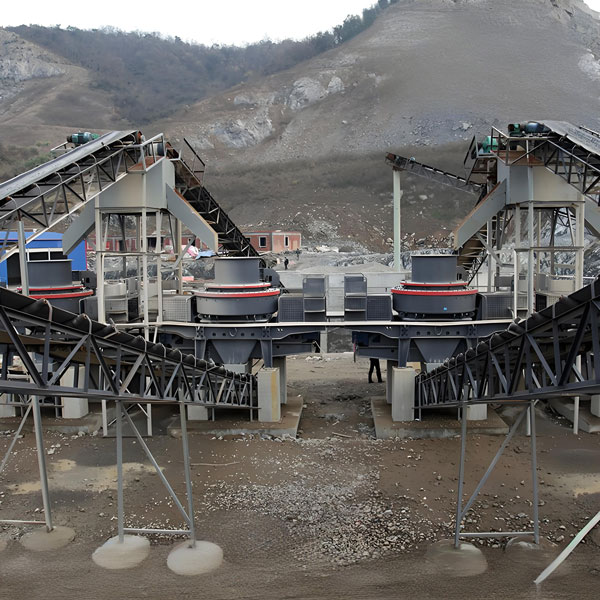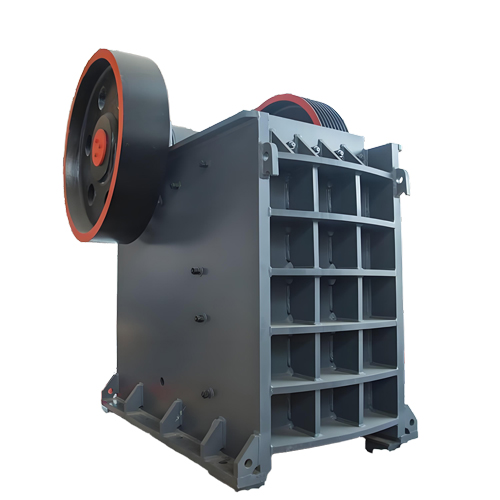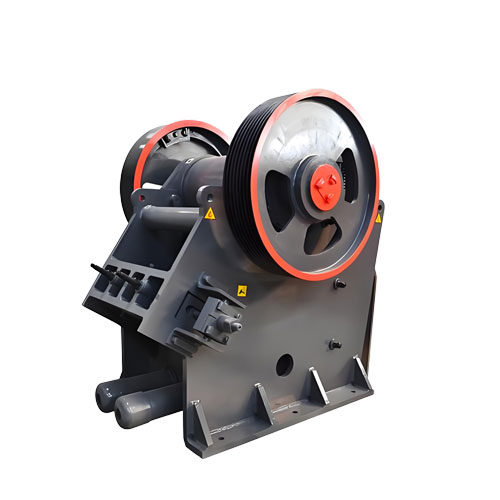Spodumene Raymond Mill Process
The spodumene Raymond mill process achieves efficient processing through steps such as crushing, grinding, grading, collection and packaging. Automated control ensures stable powder quality and is suitable for fields such as ceramics, glass and lithium battery materials.
The process flow of spodumene Raymond mill mainly involves the steps of raw material crushing, grinding, grading, collection and packaging, and combines the characteristics of Raymond mill to achieve efficient processing. The following is a detailed description of the process flow:

Overview of process flow
The spodumene Raymond mill process typically includes: raw material pretreatment → crushing → grinding → classification → collection → finished product packaging. Each step is closely linked, and automated control enables continuous production, ensuring stable powder quality.
Detailed process steps
1. Raw material pretreatment
○ Raw material inspection: Analyze the composition of spodumene raw materials (such as hardness, moisture, and impurity content) to ensure that they meet processing requirements.
○ Impurity removal and crushing:
■ Large pieces of spodumene (>200mm) are crushed to ≤30mm by jaw crusher or impact crusher to remove surface soil and metal impurities.
■ Materials with high humidity need to be passed through a dryer (such as a rotary dryer) to reduce the humidity to below 6% to avoid adhesion and clogging of the equipment.
2. Feeding and conveying
○ Electromagnetic vibrating feeder: evenly feeds the crushed spodumene blocks into the Raymond mill to prevent equipment load fluctuations caused by excessive or insufficient feed.
3. Raymond mill grinding stage
○ Grinding in main machine: The material enters the main machine of Raymond mill and is crushed and ground between the grinding roller and grinding ring.
○ Key parameter control:
■ Grinding roller pressure and grinding ring speed are adjusted according to material hardness to ensure grinding efficiency.
■ Control the fineness of the finished product (80-400 mesh) by adjusting the air volume (blower motor power). The higher the fineness requirement, the more precise the air volume needs to be controlled.

4. Grading and screening
○ Analyzer (classifier): The ground material enters the analyzer with the air flow and is classified by high-speed rotating blades.
■ Powders that meet the fineness requirements enter the collection system through the classifier; coarse powders return to the main machine for re-grinding, forming a closed-loop cycle and improving the yield of finished products.
5. Powder collection and dust removal
○ Bag filter or pulse filter: Collects qualified powder after classification and filters dust in the airflow to ensure that emissions meet standards (≤30mg/m³) and comply with environmental regulations.
○ Finished product silo: The collected spodumene powder enters the finished product silo through the conveying equipment, waiting to be packaged or further processed.
6. Packaging and storage
○ Use automatic packaging machines or ton bags to pack according to needs, store in sealed bags to prevent moisture absorption or contamination, and label with information such as fineness and batch.
Key points of equipment configuration and selection
● Core equipment: jaw crusher, Raymond mill (such as 5R4125/5R4128), fan, analyzer, dust removal system, electromagnetic vibrating feeder, bucket elevator, etc.
● Model selection basis:
○ Capacity requirements: For small lines (3-10t/h), choose 3R or 4R models; for large lines (20-30t/h), choose 5R or 6R models.
○ Fineness requirement: high fineness (such as above 300 mesh) requires high-precision classifier or secondary classification equipment.
Process Optimization and Precautions
1. Equipment maintenance:
○ Regularly replace grinding rollers, grinding rings and other wearing parts (service life is about 500-800 hours);
○ Check the connecting bolts and lubricating grease of the main machine to avoid loss of production due to wear.
2. Operational Specifications:
○ Start-up sequence: start the fan → analyzer → host machine → feeder; stop and do the opposite to ensure that the residual material is cleared and reduce the burden on the equipment.
3. Quality Control:
○ Real-time monitoring of finished product fineness, and optimization of particle size distribution by adjusting the classifier speed or air volume;
○ Control the uniformity of feed particle size to avoid damage to equipment caused by oversized materials.
Environmental protection and energy-saving measures
● Dust control: fully enclosed production line + high-efficiency dust removal system to reduce dust escape.
● Energy consumption management: Use variable frequency motors and optimize fan air volume matching to reduce unit energy consumption.
● Noise control: Equipment foundation shock absorption and sound insulation cover meet environmental noise standards.
Application Scenario Expansion
● Spodumene powder can be used in ceramics, glass, lithium battery positive electrode materials (such as lithium iron phosphate precursors), refractory materials and other fields. Different finenesses correspond to different uses, and the process flow needs to adapt to terminal needs.
Summary of Technical Advantages
● High-efficiency grinding: high one-time powdering rate, reducing circulation load.
● Strong flexibility: multiple specifications of products can be switched through parameter adjustment.
● Small footprint: Vertical structure design, suitable for small and medium-sized factory layout.
Related Products
Inquiry
Please leave us your requirements, we will contact you soon.





